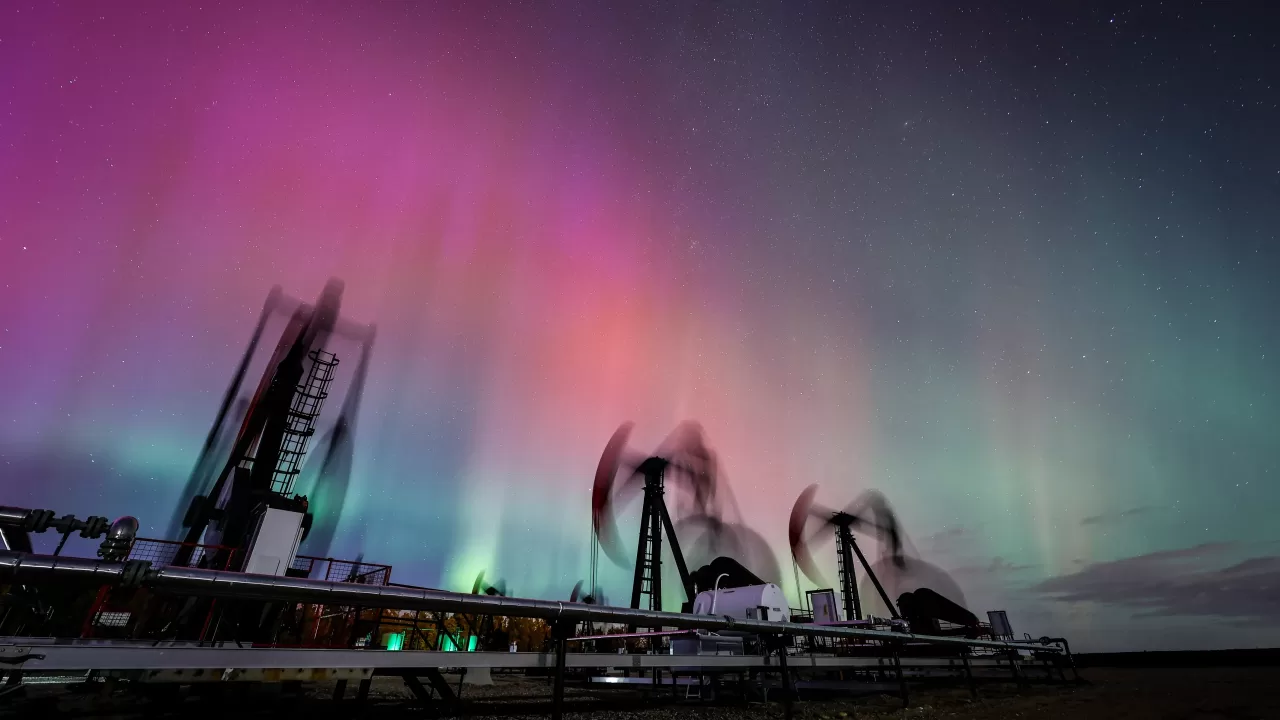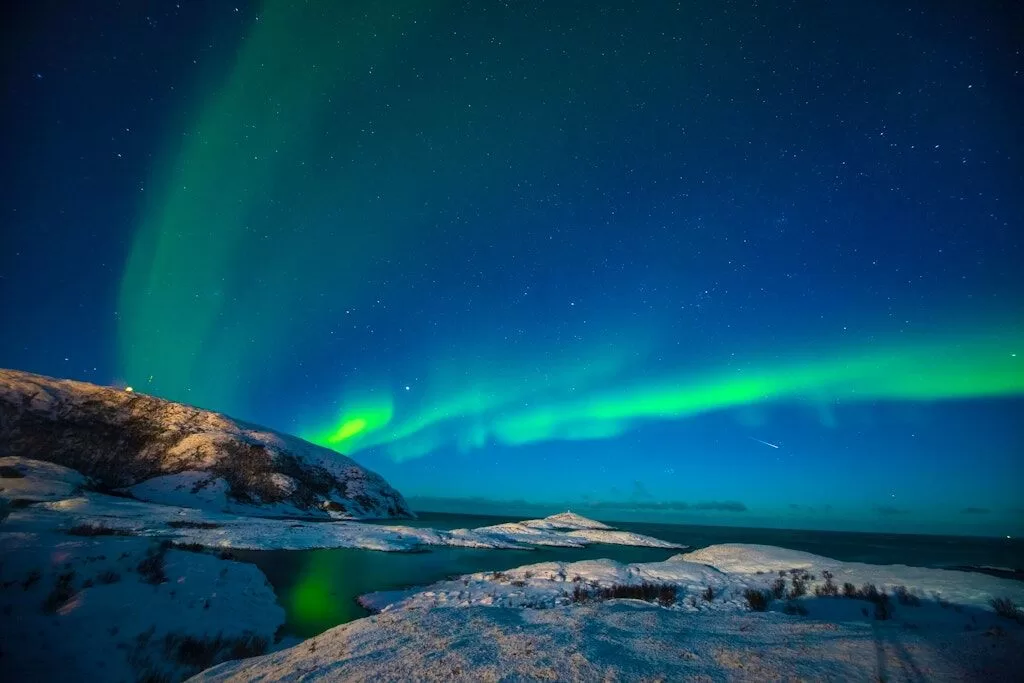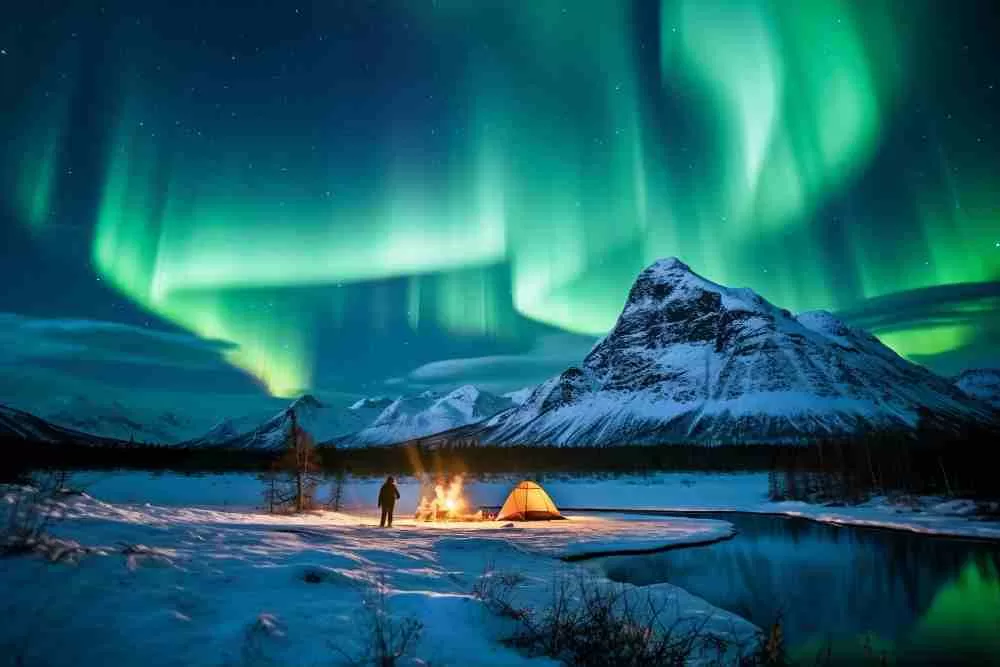The aurora borealis, or Northern Lights, continues to be a top travel draw, and 2025 is predicted to be an exceptional year for viewing due to peak solar activity. This natural phenomenon, dependent on the sun’s 11-year cycle, will offer vibrant and frequent displays, making it a prime time for travelers to witness the aurora in its full glory. To optimize viewing, destinations within the auroral oval, a ring around the geomagnetic poles, provide the strongest displays, alongside stunning landscapes and unique cultural experiences.

Top destinations for Northern Lights viewing in 2025 include Tromsø, Norway, known as the “Gateway to the Arctic,” and Abisko, Sweden, famed for its clear skies. Iceland’s dramatic landscapes, Fairbanks, Alaska’s consistent auroral activity, Yellowknife, Canada, the “Aurora Capital,” Finnish Lapland’s glass igloos, and Scotland’s Northern Isles, a hidden gem, also offer exceptional viewing opportunities. The optimal viewing time is from late September to early April, between 9 PM and 2 AM, when geomagnetic activity peaks. Travelers can increase their chances by minimizing light pollution, checking weather forecasts, monitoring aurora activity, and planning multi-night stays.

- Tromsø, Norway: Offers diverse experiences like dog sledding and fjord cruises.
- Abisko, Sweden: Features clear skies and the Aurora Sky Station.
- Iceland: Provides dramatic landscapes with volcanoes and glaciers.
- Fairbanks, Alaska: Known for reliable auroral activity and winter activities.
- Yellowknife, Canada: Boasts intense and frequent aurora displays.
- Finnish Lapland: Offers unique glass igloo accommodations.
- Scotland’s Northern Isles: Provides a less crowded viewing alternative.

